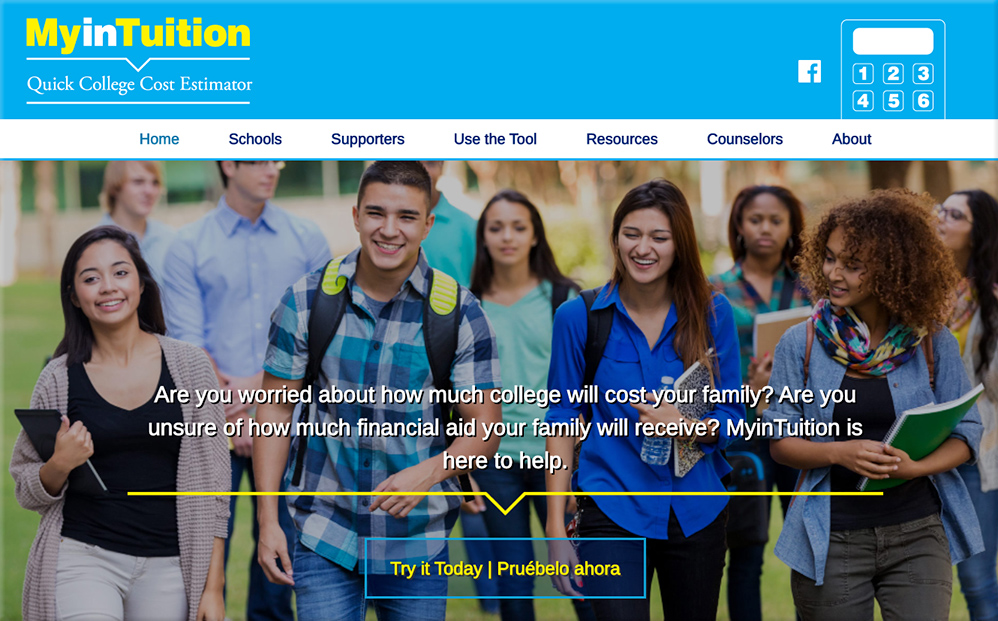From DSC:
The items below reminded me that things aren’t looking good for higher education these days. Having a son a quarter of the way through college makes this even more relevant/personal for our family.
The Big Quit | Even tenure-line professors are leaving academe. — from chronicle.com by Joshua Doležal
Excerpts:
We have become accustomed to the exodus of graduate students, postdocs, and adjuncts, but before Covid it was still possible to see tenured and tenure-track faculty members as relatively immune from the stresses of working in higher ed. No more. A 2020 study by The Chronicle and Fidelity Investments found that more than half of all faculty members surveyed were seriously weighing options outside of higher education: either changing careers entirely or retiring early.

“If a return to normal simply means restoring the burnout conditions that the pandemic inflamed, then the rumble of faculty members leaving may build to a roar that no amount of magical thinking can explain away.”
Here’s a relevant quote from a weekly newsletter — Teaching — from The Chronicle of Higher Education (by Becky Supiano)
The bottom line? “You don’t get student success,” McClure says, “unless you have invested in faculty well-being.”
The quote is from Kevin McClure, who is “trying to get the challenges front-line faculty and staff face on the radar of more college leaders.” As primarily a former staff member, I appreciate that he’s including staff members here. Staff are important members of the academe as well.
Drop in Spring-2022 Enrollment Is Worse Than Expected — from chronicle.com by Audrey Williams June
Excerpt:
New data from the National Student Clearinghouse Research Center provide a final tally on enrollment for the spring of 2022 — and reveal a persistent trend: College attendance continues to decline.
Undergraduate enrollment fell 4.7 percent from a year earlier, a shortfall of more than 662,000 students. Since the pandemic began, the undergraduate student body has dropped by almost 1.4 million students.
But also in play, he said, are students who increasingly question the value of college, are wary about taking out student loans to pay for it, and who have options to join the labor market instead.
Michigan colleges experience nation’s worst spring enrollment dive, new report shows — from mlive.com by Samuel Dodge
Excerpt:
College enrollment across Michigan plummeted 15% during the spring semester this year, dragged down by a 20% hit to four-year public universities, a new report shows. Spring enrollment across all sectors dropped to 360,220 students, a decrease of more than 62,000 from 2021 to this year, according to data released Thursday, May 26, by the National Student Clearinghouse.
[Cost of Inequity] The Student Loan Crisis — from businessinsidre.com by various
How the student loan industry put a $1.7 trillion price tag on the American dream and the proposed reforms that could pay the bill.
A somewhat-related item:
The Future of Higher Education Is the Hybrid Campus — from campustechnology.com by Dr. Jeffrey R. Docking
Blending the best of face-to-face instruction with the flexibility of online learning can enhance the higher ed experience for all types of learners, lower the cost of a degree and better prepare students for the workforce.
Excerpts (emphasis DSC):
What Students Want
Students and families are increasingly rethinking whether a traditional college education is worth the investment, leaving higher ed leaders searching for innovative ways to showcase their school’s value and entice students. When we think about what students really want, they want more than a degree — they want skills training that will ensure a well-paying, rewarding career. In fact, 62% of college students say they would be more likely to re-enroll if their institution offered “new programs and certificates tailored to the new economy” with high-demand majors and education that connects them to employability. This makes sense since employers are continuing to find value in students developing a “broad skill base that can be applied across a range of contexts.”
But over the last several years, and after seeing the success of it at Adrian College, I’ve become convinced that the future of residential colleges is not face-to-face or online, but an intelligent blend of both modalities.
A somewhat-related item:
Navigating career turbulence — from ted.com by Adam Grant; with thanks to Deirdre Honner for this resource
Description:
Everyone’s career will hit some turbulence at some point. Instead of pushing harder against the headwinds, we’re sometimes better off tilting our rudder and charting a new course. In this episode, host Adam Grant speaks with people who have taken unusual steps to battle uncertainty, rethought their approach to finding and landing a job and reached out for help in unexpected places — as well as an expert on recessions who forecasts the future by looking to the past. Listen and subscribe to WorkLife with Adam Grant and more podcasts from the TED Audio Collective wherever you’re listening to this.














